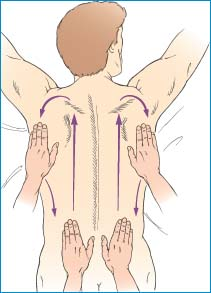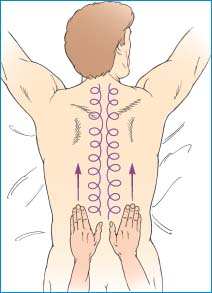Balloon Valvuloplasty Care
Although the treatment of choice for valvular heart disease is surgery, balloon valvuloplasty is an alternative to valve replacement in patients with critical stenoses. This technique enlarges the orifice of a heart valve that has been narrowed by a congenital defect, calcification, rheumatic fever, or aging. It evolved from percutaneous transluminal coronary angioplasty and uses the same balloon-tipped catheters for dilatation.
Balloon valvuloplasty was first performed successfully on pediatric patients, then on elderly patients who had stenotic valves complicated by other medical problems such as chronic obstructive pulmonary disease. It’s indicated for patients who face a high risk from surgery and for those who refuse surgery. In addition, balloon valvuloplasty has proved to be more tolerable than surgery for older patients.
This procedure is performed in the cardiac catheterization laboratory under local anesthesia. The doctor inserts a balloon-tipped catheter through the patient’s femoral vein or artery, threads it into the heart, and repeatedly inflates it against the leaflets of the diseased valve. This process increases the size of the orifice, improving valvular function and helping prevent complications from decreased cardiac output. (See How balloon valvuloplasty works, page 51.) Studies have shown that balloon valvuloplasty can provide excellent results for many years.1,2
Equipment
Before and During Balloon Valvuloplasty
Antiseptic solution ▪ local anesthetic ▪ valvuloplasty or balloon-tipped catheter ▪ IV solution and tubing ▪ electrocardiogram (ECG) monitor and electrodes ▪ oxygen and oxygen delivery device ▪ sterile label ▪ sterile marker ▪ sedative ▪ emergency medications ▪ scissors ▪ heparin for injection ▪ introducer kit for balloon catheter ▪ sterile gown, gloves, mask, cap, and drapes ▪ Optional: nitroglycerin, pulmonary artery (PA) catheter.
Postprocedure Balloon Valvuloplasty
IV solution and tubing ▪ ECG monitor and electrodes ▪ pulmonary artery monitor, if necessary ▪ oxygen and oxygen delivery device ▪ emergency medications ▪ Doppler stethoscope ▪ programmable pumps with dosing limits.
Implementation
Confirm the patient’s identity using at least two patient identifiers according to your facility’s policy.6
Reinforce the doctor’s explanation of balloon valvuloplasty, including its risks and alternatives, to the patient and his family.
Reassure the patient that although he’ll be awake during the procedure, he’ll receive a sedative and a local anesthetic beforehand.
Teach the patient what to expect. For example, inform him that the hair in his groin area will be clipped and the skin cleaned with an antiseptic; he’ll feel a brief, stinging sensation when the local anesthetic is injected; and he may feel pressure as the catheter moves along the vessel. Describe the warm, flushed feeling he’s likely to experience from injection of the contrast medium.
Tell the patient that the procedure may last up to 4 hours and that he may feel discomfort from lying on a hard table for that long.
How to Give A Back Massage
Three strokes commonly used when giving a back massage are effleurage, friction, and petrissage. Start with effleurage, go on to friction, and then to petrissage. Perform each stroke at least six times before moving on to the next; then repeat the whole series if desired. When performing effleurage and friction, keep your hands parallel to the vertebrae to avoid tickling the patient. For all three strokes, maintain a regular rhythm and steady contact with the patient’s back to help him relax.
| Effleurage | Friction | Petrissage |
|---|---|---|
| Using your palm, stroke from the buttocks up to the shoulders, over the upper arms, and back to the buttocks. Use slightly less pressure on the downward strokes. | Use circular thumb strokes to move from buttocks to shoulders; then, using a smooth stroke, return to the buttocks, as shown below. | Using your thumb to oppose your fingers, knead and stroke half the back and upper arms, starting at the buttocks and moving toward the shoulder. Then knead and stroke the other half of the back, rhythmically alternating your hands. |
 |  |  |
Before Balloon Valvuloplasty
Make sure that the patient isn’t allergic to shellfish, iodine, or contrast media.
Perform a preprocedure verification to make sure that all relevant documentation, related information, and equipment are available and correctly identified to the patient’s identifiers.7
Verify that laboratory and imaging studies have been completed, as ordered, and that the results are in the patient’s medical record; notify the doctor of any unexpected results. Make sure that the results of blood typing and crossmatching are available.7
Make sure that informed consent has been obtained and is documented in the patient’s medical record.8
Hold food and fluids (except for medications) for at least 6 hours before balloon valvuloplasty, or as ordered (usually after midnight the night before the procedure).

Stay updated, free articles. Join our Telegram channel

Full access? Get Clinical Tree


Get Clinical Tree app for offline access
